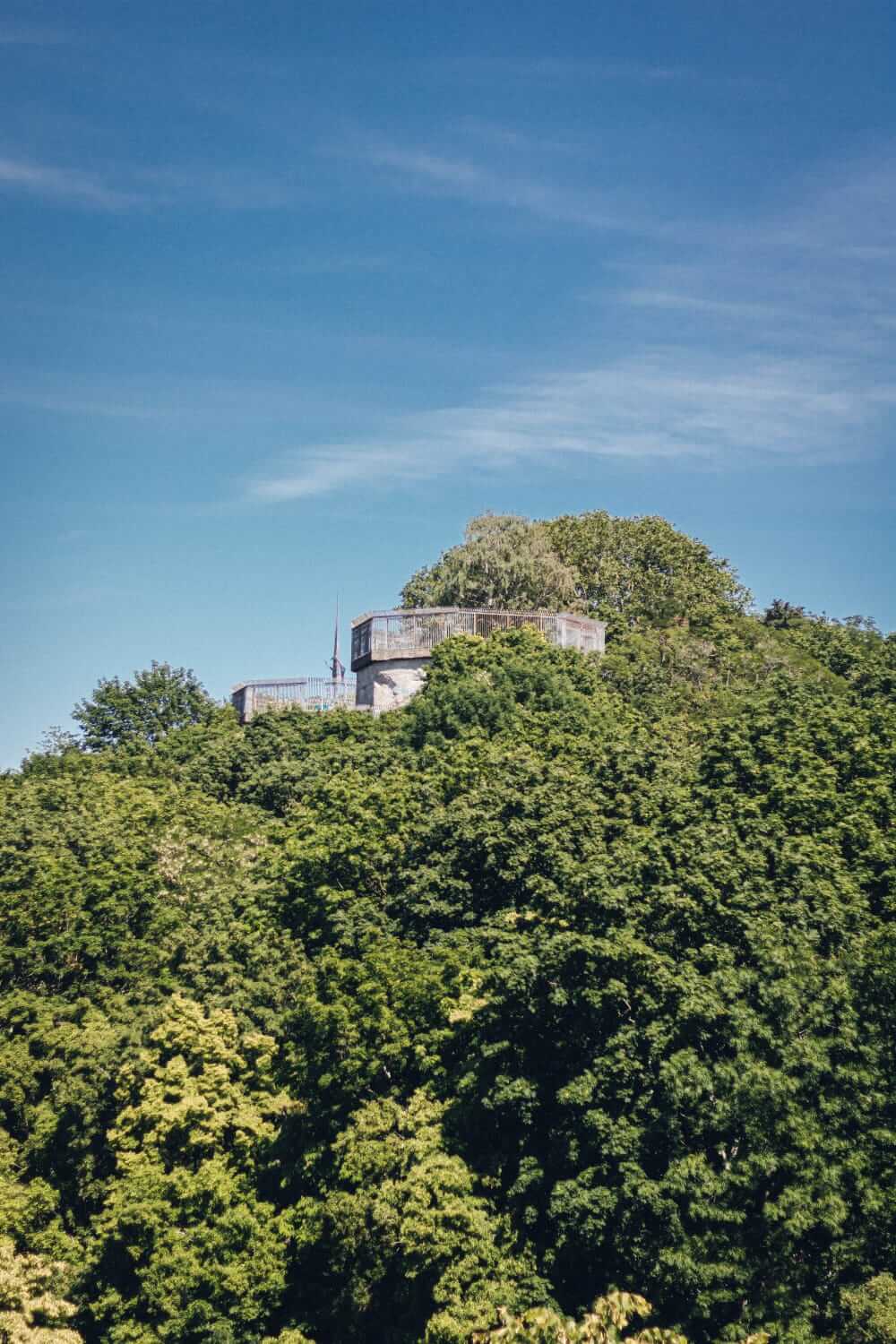By Lianne Oonwalla, an Indian student in Germany.
Volkspark Humboldthain is a massive landscaped park in Berlin’s northern Gesundbrunnen district, and if you haven’t visited the park before it sounds like most other green areas in the city: Large, leafy, and prone to secret techno parties. However, today we’ll look a little closer at this glorious green expanse and it’s history.
Named after the Prussian explorer Alexander von Humboldt, it was built in commemoration of his 100th birthday and took seven years to complete. It is a green solace among Berlin’s busy streets and a sight for sore eyes in the summer As a naturalist himself, the park is a true tribute to Humboldt; but this isn’t the only piece of Germany’s history that the park has been a part of.
Beauty and the beasts
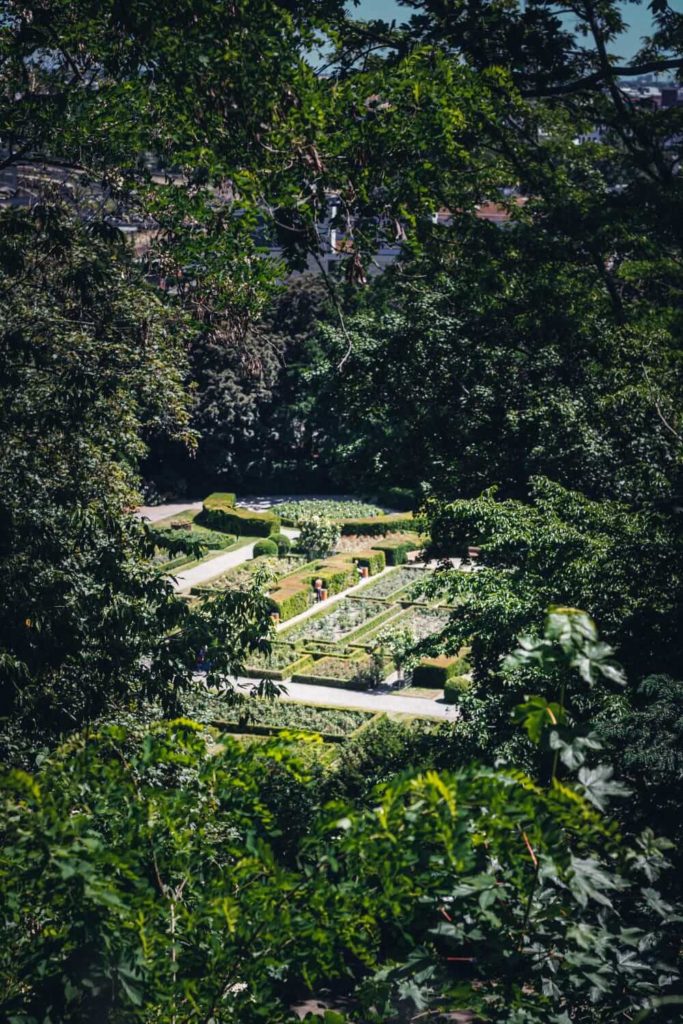
Volkspark Humboldthain was designed by landscape architect Gustav Meyer between 1869 and 1872 and was intended for recreational and leisure use by the residents of the Wedding district in Berlin. It was designed in an English landscape garden style with rolling lawns and groves of tall leafy trees. At the site of the former Church of Ascension now lies the geometrically-delightful Rose Garden, with flowering arches and tall yew hedges. The church, built between 1890 and 1893, was heavily damaged during World War Two and like many other buildings in post-war Germany, was demolished to create more space for residential buildings. Archaeological excavations conducted on the site in 2014-2015 revealed the remains of the neo-Romanesque church with a steeple standing tall at 72 meters. All that is visible today are the few unearthed remains displayed on-site through an “archaeological window” for visitors to learn about the site’s history. The Rose Garden is a pure delight to behold with arched walkways trimmed in purple wisterias, and perfectly pruned rose bushes lining the pathways and benches.
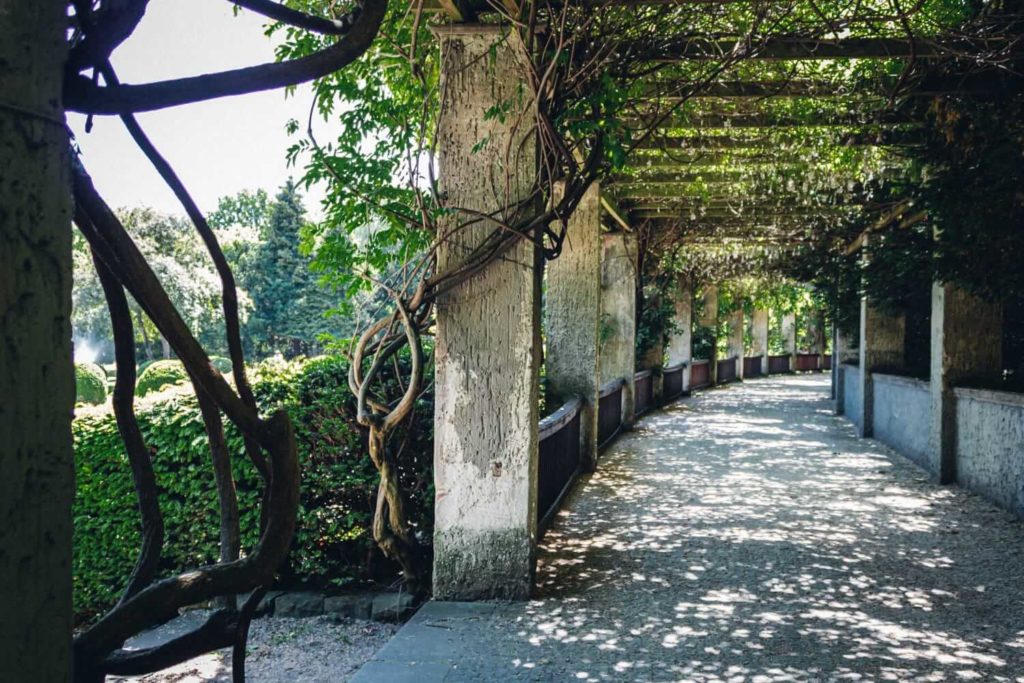
Trimmed walkway. Rose Garden. Photo: Natascha Gass 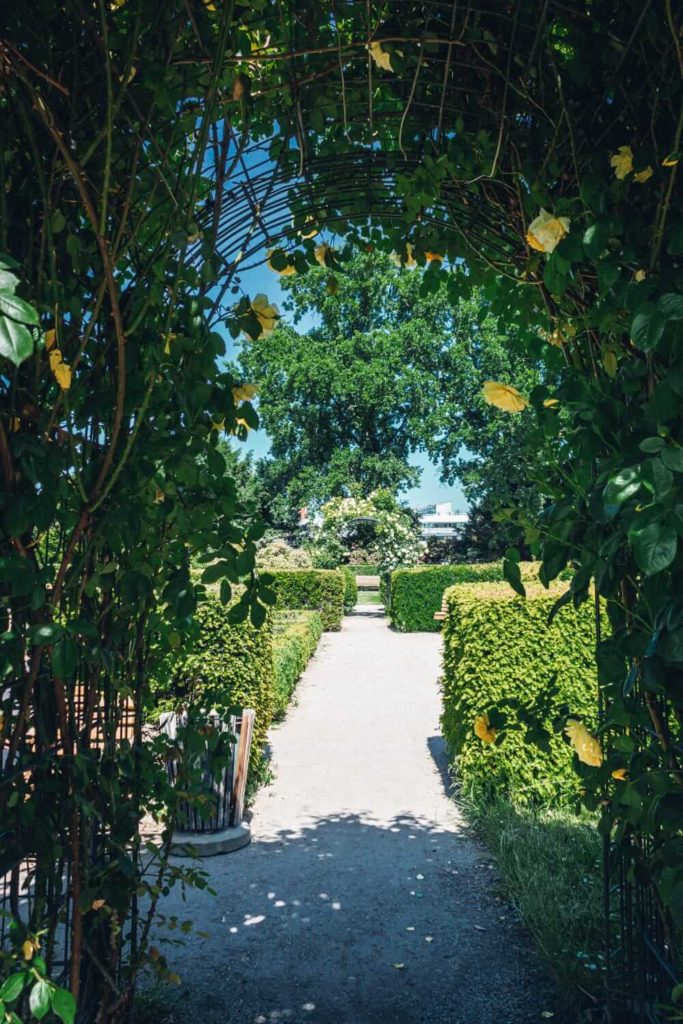
Flowered arch, Rose Garden. Photo: Natascha Gass 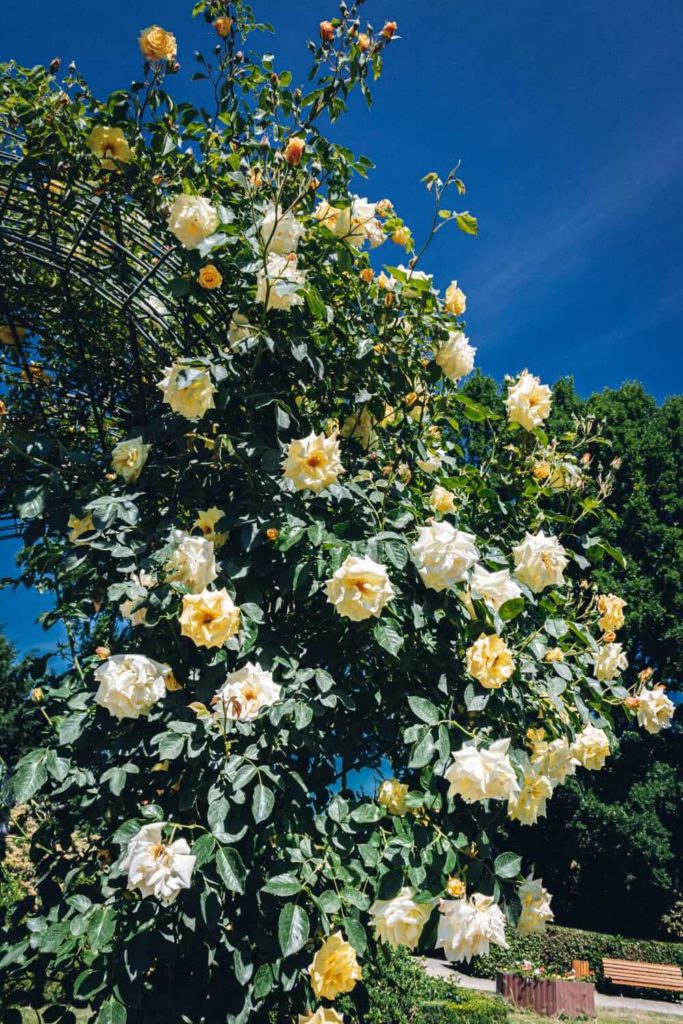
Flowered arch, close up. Photo: Natascha Gass
In stark contrast yet eerily balanced to these colourfully landscaped grounds are two monstrously gray Flak towers, built during World War Two. The towers were constructed in 1941 after the numerous air raids carried out on Berlin by England’s Royal Air Force in the 1940’s wreaked destruction on the city and its inhabitants. The towers were used as bunkers for shelter, but their main purpose was to defend the area from air raids with heavy anti-aircraft guns installed as defenses built into the structure. Three such “Flaktürme” (Flak towers) were built in Berlin including the two at Humboldthain; one in Volkspark Friedrichshain and another in Berlin’s Tiergarten.
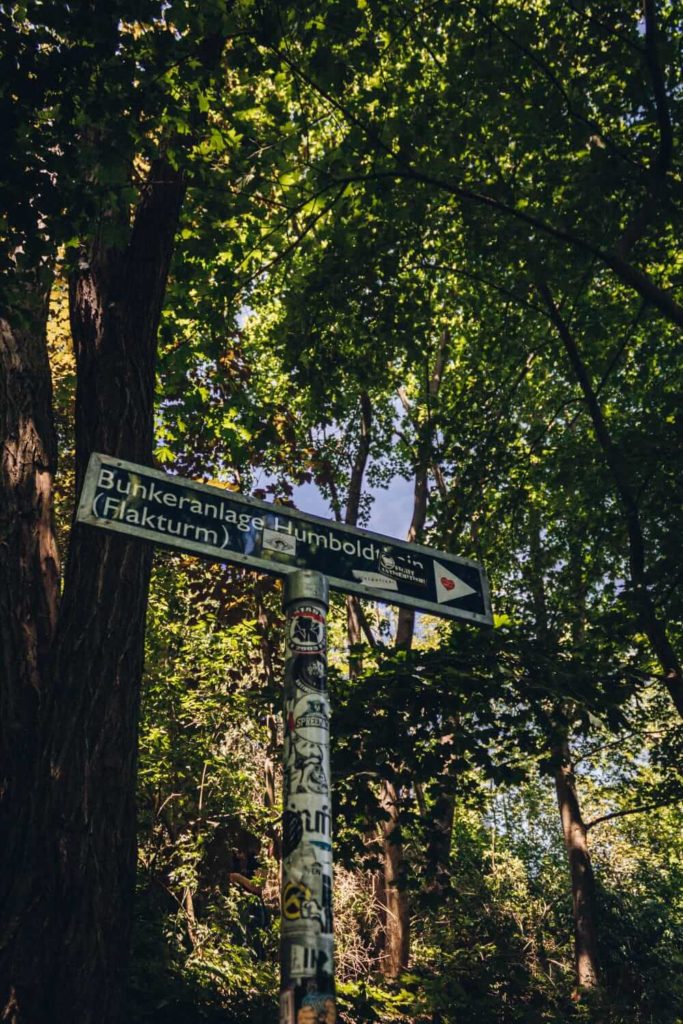
Flak towers were constructed to offer a dual defense structure. The flaks i.e. anti-aircraft guns were deployed to protect neighbouring factories from Allied air-raids and the towers were equipped to shelter up to 20,000 civilians and had enough space for food and grain storage. Each tower consisted of a G-Tower (Gefechts-turm or battle tower) and an L-Tower (Leit-turm or leading tower) which served specific purposes during an air raid. The towers were connected to an underground corridor to enable for ease of communication and access to power, water and heating lines for the sheltering civilians.
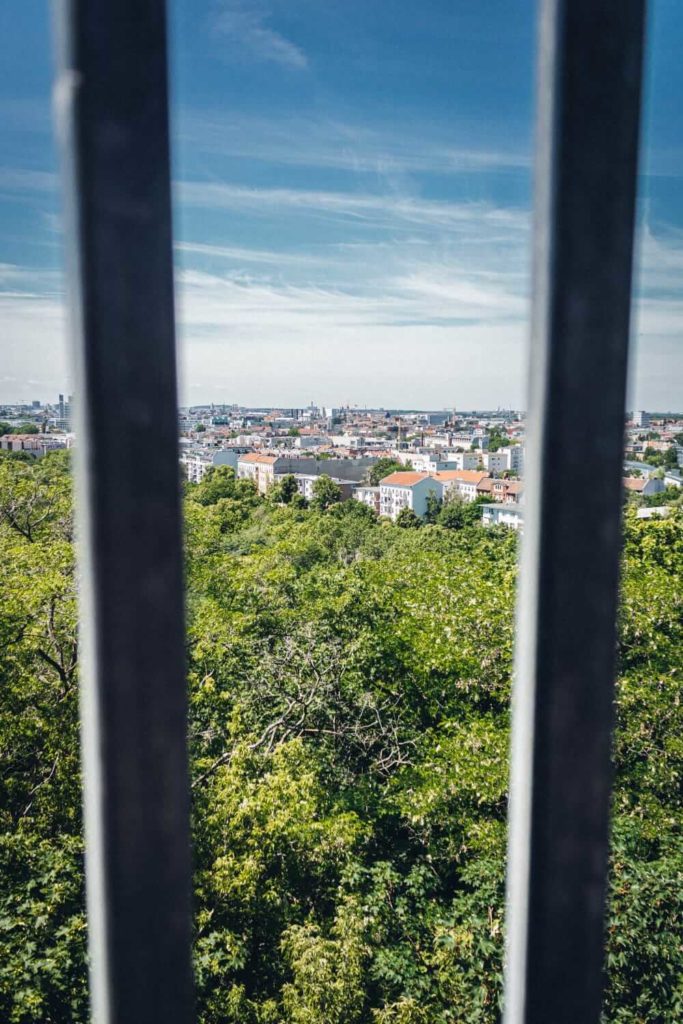
These beasts of modern warfare took only six months to build, with major defense costs concentrated on the three Flak towers and labour (which included prisoners of war) working in very long shifts to finish construction before Berlin was the target of another bombing. Many areas of the park were stripped to make space for the huge structures. Humboldthain park became a major target for air raids because of the bunkers and anti-aircraft guns, and the original landscaping was razed, bombed and destroyed until it was barely recognizable. Combat around the flak towers continued until 2nd May 1945, and trenches and bridge barricades were built to defend the area. Eventually the end of the war was announced and the bunkers were evacuated by the Soviet army.
Re-use and recover
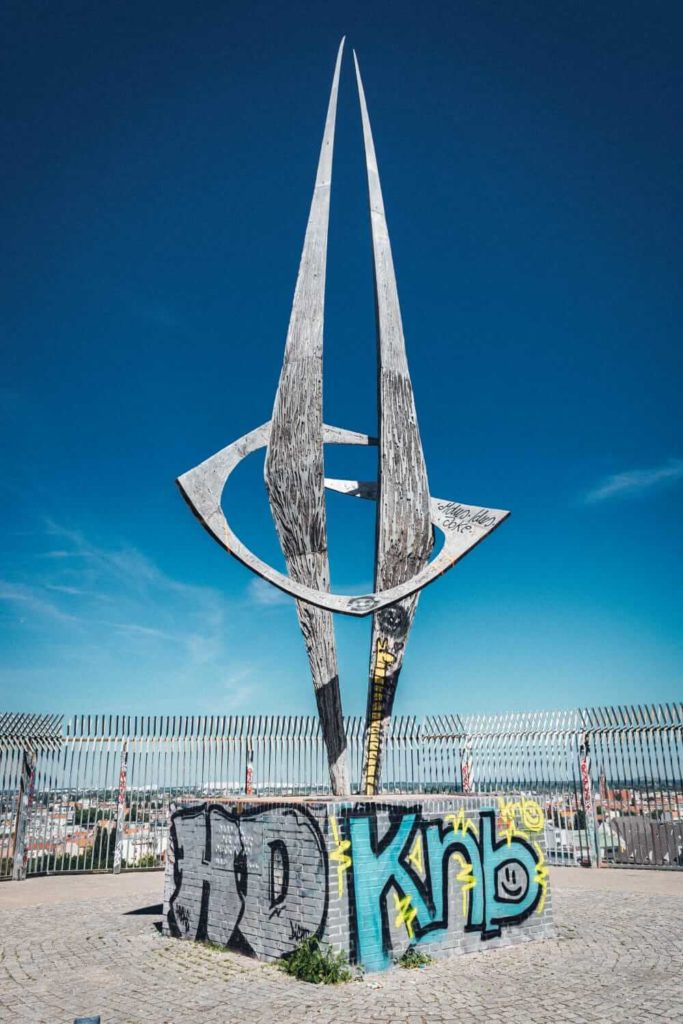
When the war ended, the Allied forces began demolitions of the various Flak towers in Berlin, but the (partially demolished) structures in Volkspark Humboldthain were spared in the name of the train tracks close by to the demolition site that were under Soviet protection. In the years that followed, the rubble from the explosions was used to cover the ruins of the bunkers and seeds and trees were planted to mask their previous use. The wreckage at Humboldthain alone generated about 1.6 million cubic meters of rubble which was piled up to create two massive hills – the “Humboldthöhe” – in what was once Humboldthain park. By 1950 the park was restored to its former glory. A large steel sculpture by artist Arnold Schwartz now occupies the main stage at the top of the towers, symbolizing a “persistent hope” of reunification of East and West Berlin during the Cold War, as described aptly by Atlas Obsura. Barely visible from the street in summer due to the dense tree cover, it is during Berlin’s gloomy winter that the presence of the flak towers are truly felt, though perhaps no longer in a menacing way.
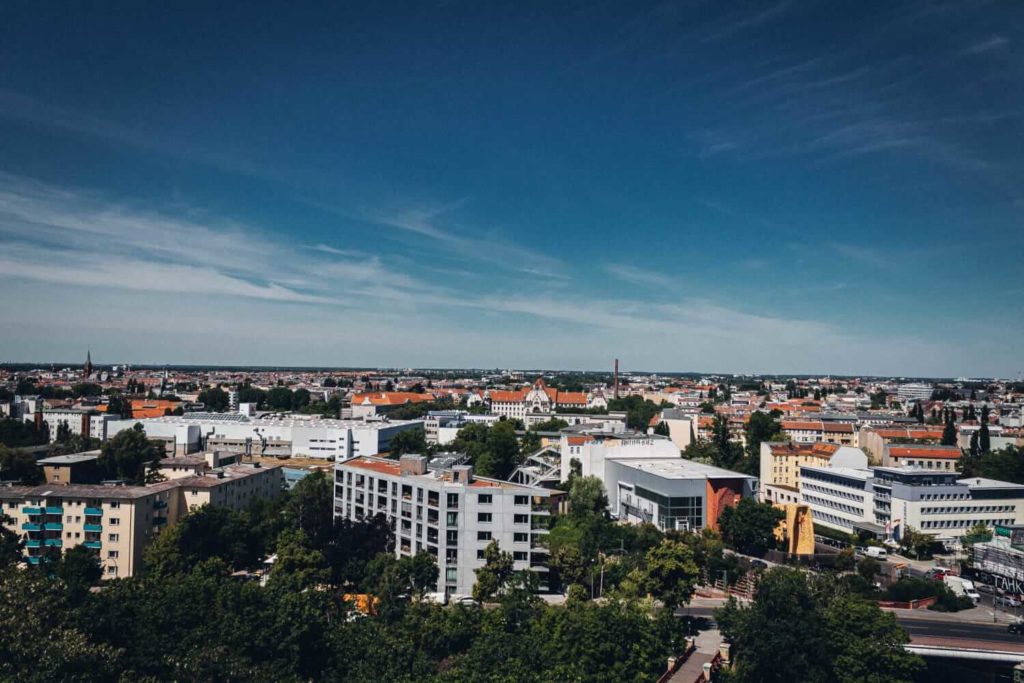
Volkspark Humboldthain and the Flak towers are today a hot spot for outdoor activities. An open-air pool built in the 1950s is still used by the public today, and is full of frolicking children enjoying the warm summer air; the partially collapsed turrets and unstable walls of the flak towers are scaled by climbers in the summer and a short but scenic hike to the top of the towers is a common occurrence undertaken by tourists and locals alike to enjoy the stunning 360-degree view of Berlin. Parts of the bunker were made accessible by the Berliner Unterwelten association, who also offered guided tours of the park and towers in summer. In winter the inside of the towers are home to over 200 bats from 6 different species, making the bunker – and this is an eerily interesting fact found on Berlin’s official website – “the third-largest winter shelter for bats in Berlin”! It is also home to several species of birds and a number of foxes and squirrels which are a common sight in Berlin.
The park also houses a small vineyard that produces about 200 bottles of wine annually, though not for public consumption and only used for special municipal functions. Of course in true Berliner-style, picnics on a warm summer day often turn into the aforementioned outdoor techno parties at night, taking place at the top of the towers or deep in the park. 75 years ago, this district was ringing with the sounds of a horrific war; today the entire neighbourhood resonates with the throbbing sound of techno beats.
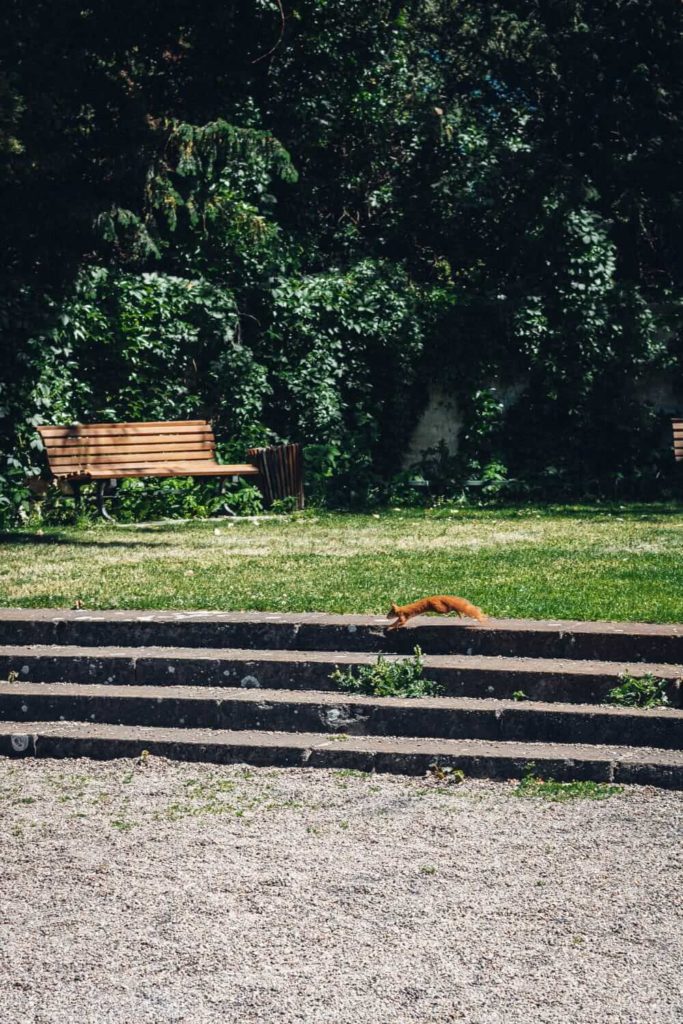
Like most places in post-war Germany, the park has been reclaimed by the city’s residents and transformed into a place of peaceful reflection. Volkspark Humboldthain is now enjoyed by all inhabitants of Berlin – human or otherwise.
XXXXXXXXXXXXXXXXX